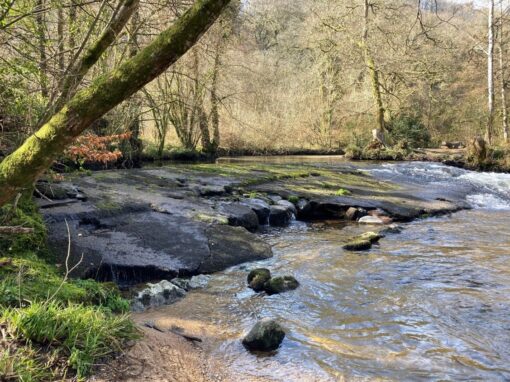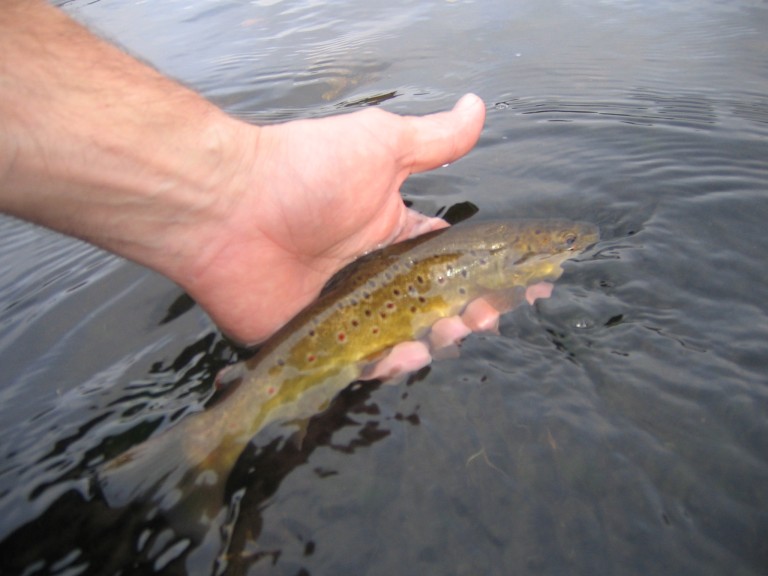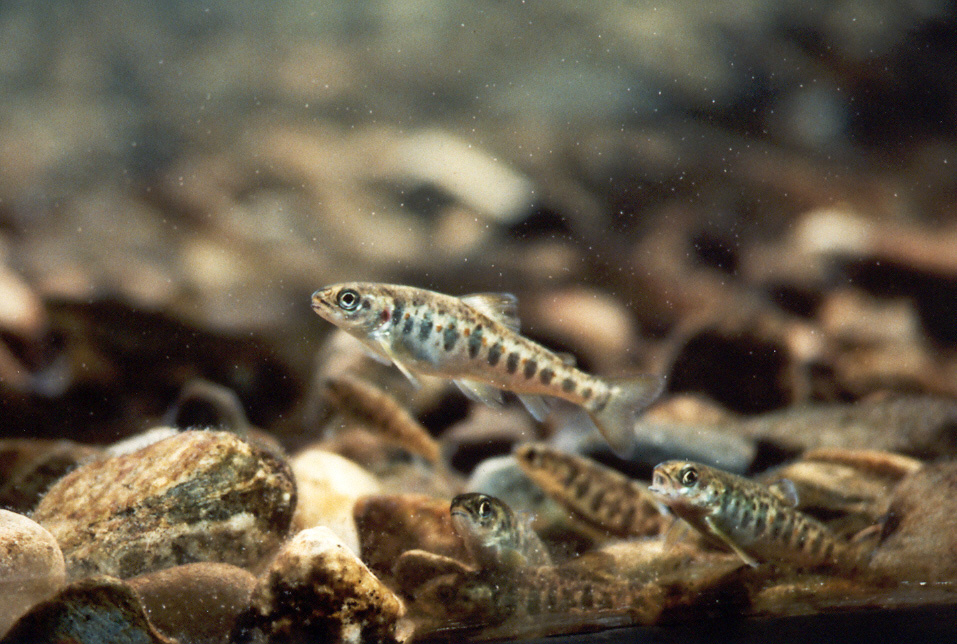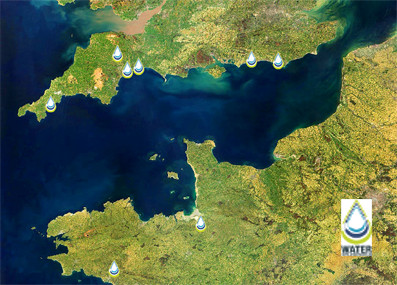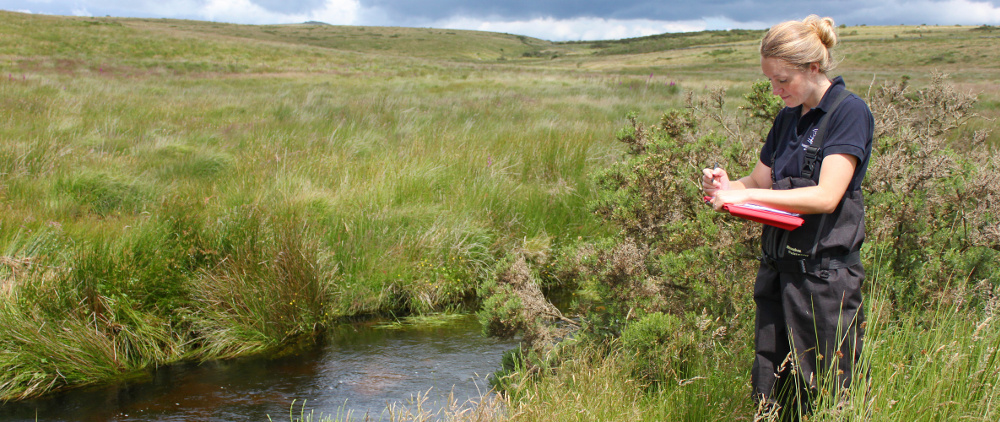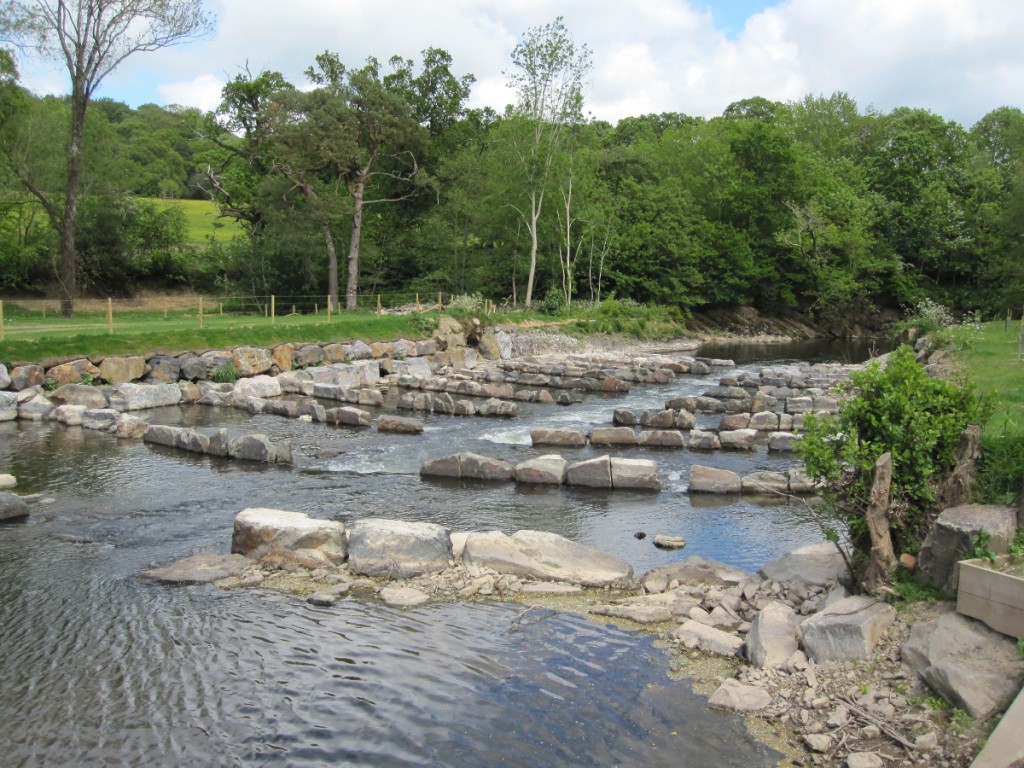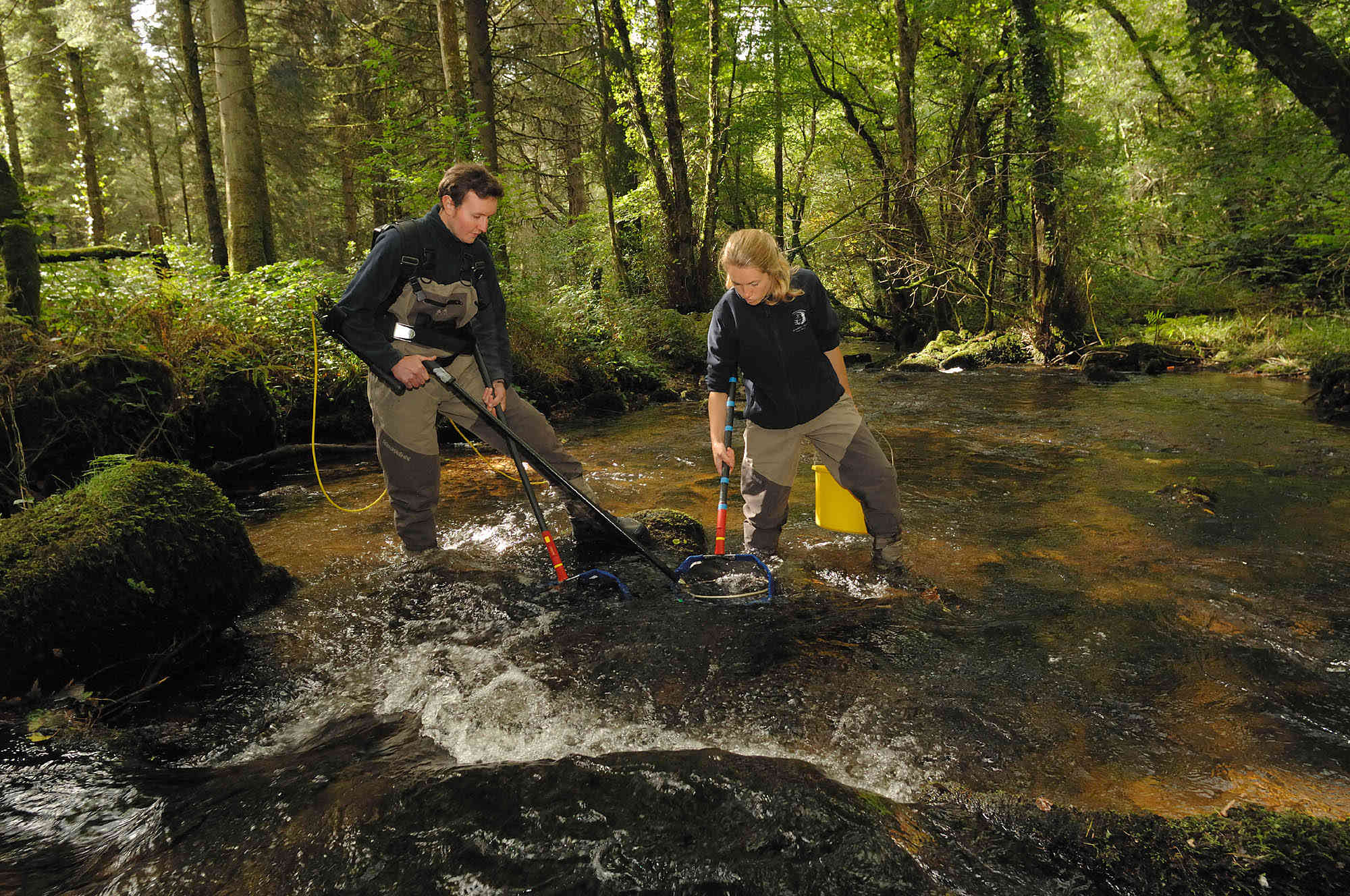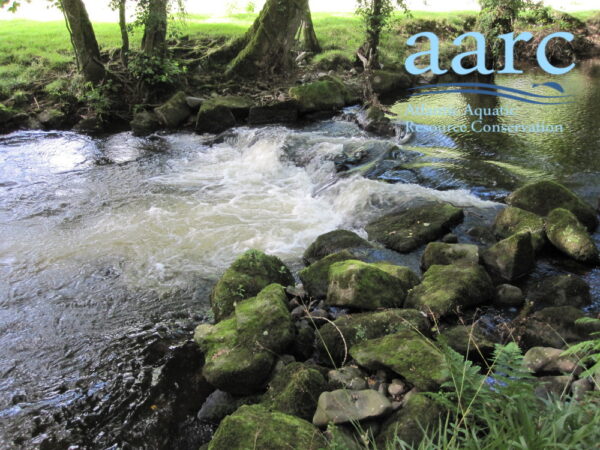In order to quantify, assess and monitor fish populations between and within river catchments, we need to deploy suitable survey techniques. Electrofishing is particularly useful where other techniques such as netting maybe unsuitable due to the habitat or species type.
Electrofishing can be split into two main types qualitative and quantitative. Qualitative electrofishing is used to capture a representation of fish present and also determine the presence or absence of a species or age classes.
The majority of electrofishing for salmonids undertaken by the Westcountry Rivers Trust is classified as semi-quantitative, and concentrates on the presence and abundance of 0+ (fry) salmon and brown trout. These revolve around conducting a timed 5 minute downstream electrofishing survey, so that each site has the same level of fishing effort.
As several sites can be assessed in one day, it allows for multiple sites across the catchment to be surveyed each year without a prohibitive cost. These results can then be used to compare tributaries in the same catchment or sections within the same river. This is particularly important when targeting improvement works and identifying where density is below the predicted level.

Other Fisheries Management Activities
